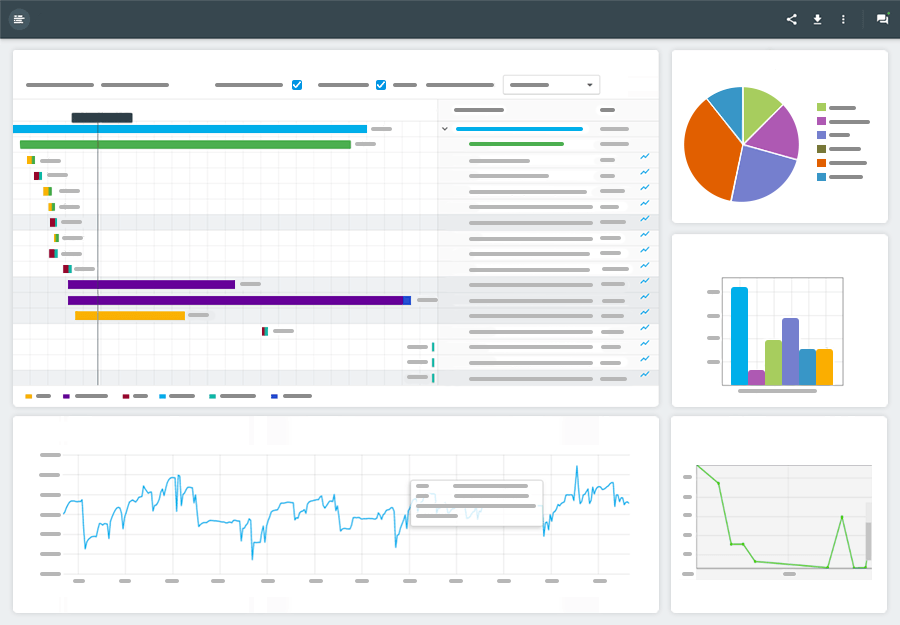 There’s a catch-22 when it comes to monetizing your website. For many websites, if not most for-profit enterprises, the most efficient way to cash in on your creation is through ad placement. In an effort to maximize ad exposure, which translates to greater profits, the website must be lightening fast. However, this scenario isn’t without a sense of irony.
There’s a catch-22 when it comes to monetizing your website. For many websites, if not most for-profit enterprises, the most efficient way to cash in on your creation is through ad placement. In an effort to maximize ad exposure, which translates to greater profits, the website must be lightening fast. However, this scenario isn’t without a sense of irony.
As many website owners experience, sometimes the very source of income is the root cause of a sluggish site. While advertisements, such as Google AdSense, are the financial cornerstone for millions of websites, if used improperly, they can prove detrimental to website speed.
When this happens, not only is your entire site negatively impacted, but due to sluggish speeds, your site receives fewer visitors, which translates to lower income potential. As we move deeper into the 21st Century, the need for speed is no longer an option. If you truly wish to create a significant income, you must optimize your site specifically for ad placement for monetizing your website well.
Thankfully, determining if your monetization tactics are the cause of your underperforming site is relatively easy. The difficult part starts when you begin correcting root errors within your site and tactic methodology. However, when successfully corrected, the fruits of your labor are sweet.
The following tips apply for both third-party advertising, like with Google Adsense, as well as direct advertiser content. The principles of ad-specific optimization are essentially the same as any other on-page refinement.
Avoid iFrames (If Possible)
While some ad networks require iFrames to run advertisements, these elements require a significant amount of server resources. Carefully review whether an iFrame-based advertisement is worth the potential reduction in page speed. If so, offset the reduction in speed by refining other on-page elements to an extreme degree. As with many things in life, achieving harmony is all about maintaining balance.
Embrace Text-Only Ads for Minimal Speed Impact
While the internet is transforming into a visual landscape, media-heavy advertisements can bottleneck server response speeds. Whenever possible, avoid image and video ads. Opt for text-only advertisements to maintain swift response times while boosting site revenue.
The most important element to remember is without media files, the quality of ad copy is paramount. Make sure you can customize phrasing to match the tone and voice of your demographic. Otherwise, these ads won’t convert, and worse, your site reputation can lower as you’ll be revered as a “scam” site.
Google AdSense Asynchronous Codes
While this tip may be applied for any ad network, it’s specifically written for AdSense users. Rather than loading ad codes in sequential manner, asynchronous code loading means every ad on your page loads separately from other page elements. Asynchronous loading is recommended for any JavaScript element, but in the realm of monetizing your website, it’s especially potent.
Don’t be intimidated by this fancy word, either. To activate this speed-saving method, simply log into your AdSense account, and click the “Asynchronous” button located near each ad unit. Then, simply upload the generated code to your site and experience a boost in revenue and sustained page loading speeds.


